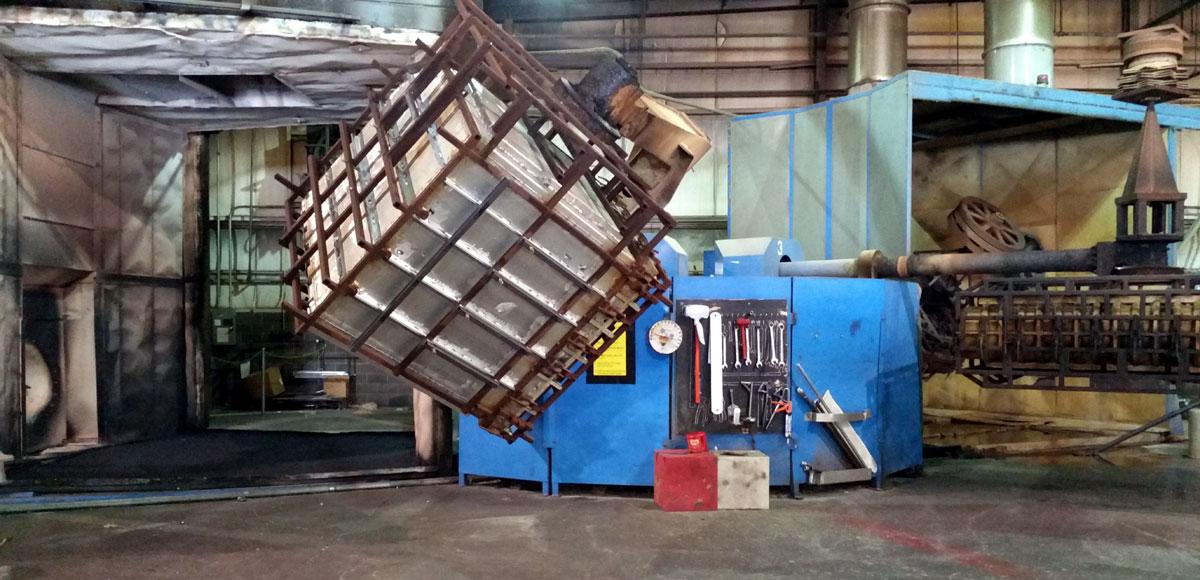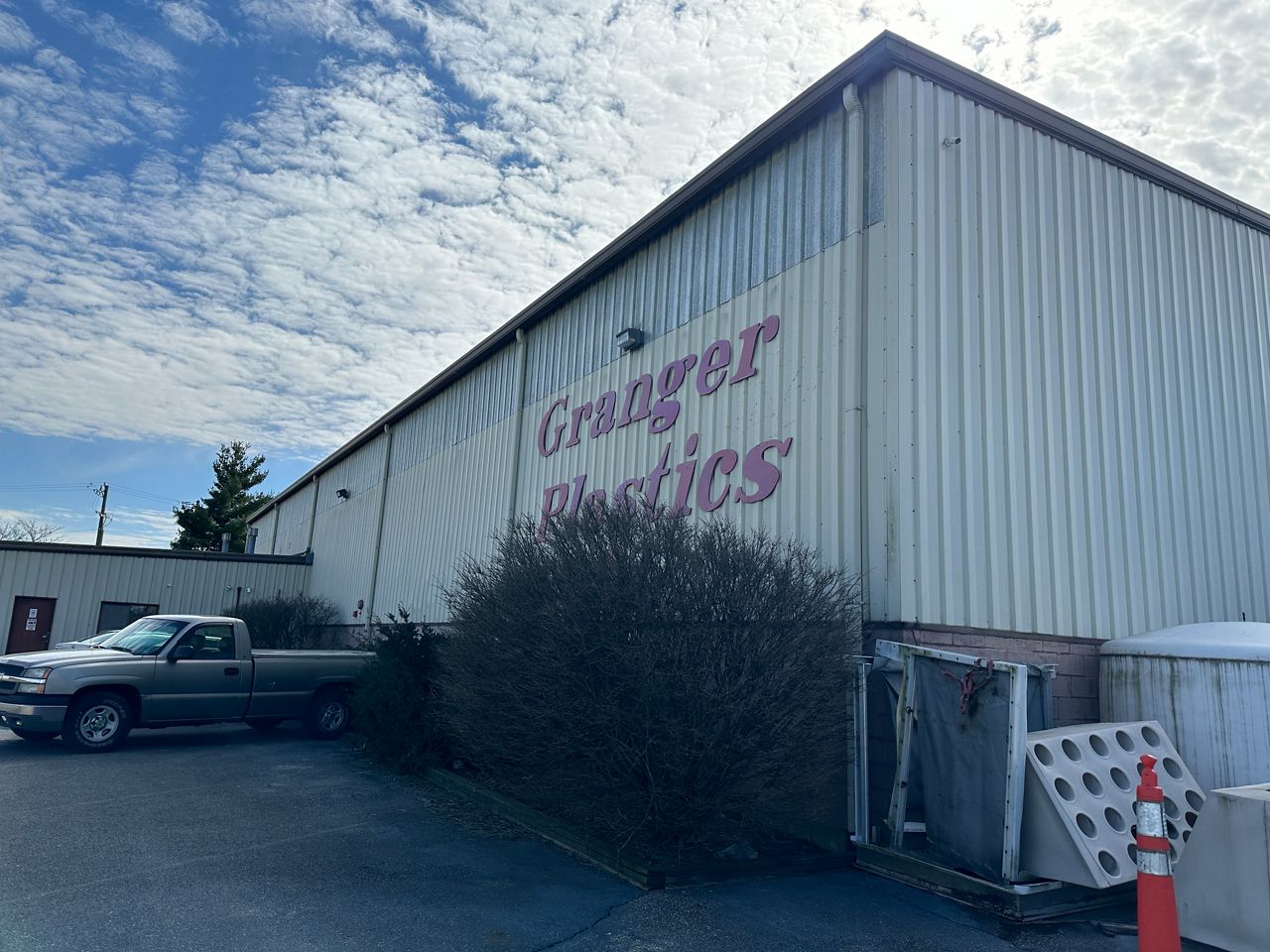Rotomolding Innovations That Are Changing the Market

Rotomolding, or rotational molding, has slowly appeared as a revolutionary process in the materials industry. That versatile production process allows for the generation of empty, easy, and resilient items with outstanding design flexibility. Unlike other molding techniques, Rotomolding offers cost-effective production, little material waste, and the capability to produce complex shapes that could be difficult using conventional methods.

Increasing Possibilities in Automotive Parts
One of the most encouraging purposes of rotomolding is in the automotive sector. Suppliers are increasingly using this method to create light gas tanks, storage chambers, and bumpers. Rotomolded components not just minimize vehicle weight but additionally improve durability and resistance to influence, that is crucial for safety. That innovation is supporting the automotive industry move toward more sustainable and effective solutions.
Enhancing Outdoor and Recreational Products
Rotomolding has considerably affected the outdoor and recreational market. Services and products like kayaks, canoes, playground equipment, and storage sheds take advantage of rotomolding's power to make powerful, weather-resistant, and long-lasting structures. The method also allows for innovative types with lively colors and elaborate designs, making outside products and services not just practical but creatively appealing.
Revolutionizing Industrial and Storage Answers
In commercial applications, rotomolding has smooth the way for powerful storage solutions. Big pots, tanks, and pallets are increasingly produced using this method due to their resilience and versatility. Rotomolded services and products endure hard environmental situations and large loads while sustaining structural integrity. Businesses take advantage of reduced preservation charges and longer solution lifespans, contributing to working efficiency.
Selling Sustainability in Production
Sustainability is another area wherever rotomolding shines. The method employs less energy compared to treatment molding and generates small waste. Additionally, several rotomolded products are recyclable, encouraging a round economy. Makers are significantly adopting eco-friendly products in rotomolding, making it a responsible selection for organizations and consumers seeking sustainable solutions.

Conclusion
Rotomolding remains to show its value across multiple industries, from automotive and adventure to industrial applications. Their mix of design freedom, longevity, and cost-effectiveness guarantees that the process can stay at the front of progressive manufacturing. As companies explore new applications, rotomolding is indicating to be not just a production strategy but a driver for imagination and sustainability in the plastics industry.
